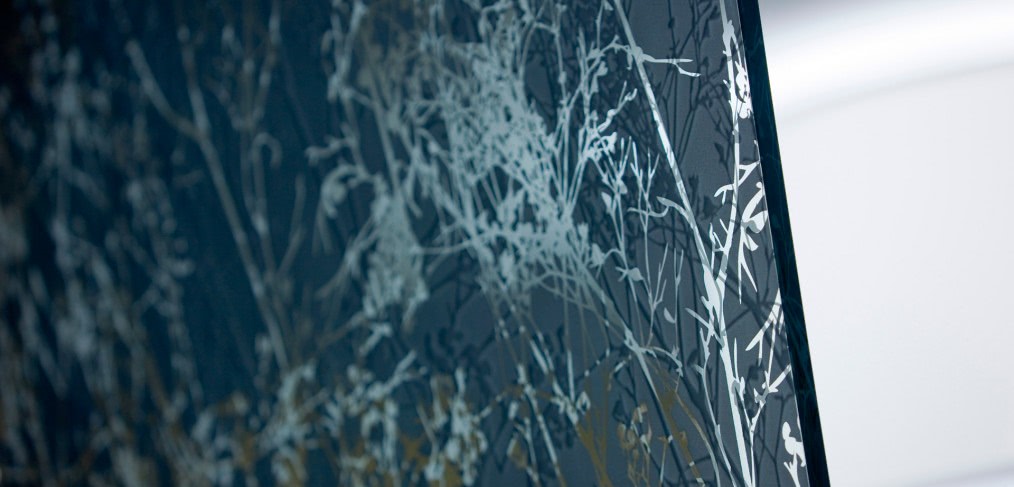
Hope for Healthy Materials
Do materials that improve physical health actually exist?
In “The Healthy Materials Myth,” Lance Hosey proposes that what the building industry considers to be healthy materials may not actually be healthy at all, according to the World Health Organization’s definition. This made me wonder: Are there materials that can promote health instead of merely not causing harm? Surely in this day and age there must be some carpet that can cure allergies, right?
Take a minute to indulge these wild thoughts. If materials could positively affect our health and well-being, then we could create environments that actually improve the quality of living. With these magic materials, we could reduce depression, anxiety, stress-induced heart attacks, the spread of the common cold and even obesity.
Sounds great, but let’s get real. Are truly healthy materials even possible?
HEALTHY MERCURY
We know that when bare skin touches mercury, it can be absorbed into the bloodstream, causing damage to the brain, kidney and lungs – our physical health. But are there materials that can be absorbed through our skin that would promote health? How can they be absorbed?
Most research on dermal absorption so far has involved soaking volunteers’ skin in water baths containing minerals. This is because skin absorption rates tend to increase with skin hydration and smaller particle sizes. But aside from, say, placing foot-soaking tubs at our office desks, mineral absorption through liquid solutions is not a practical solution for day-to-day living.
On a daily basis we interact mostly with solid materials, rather than liquids. The problem with solid materials, however, is that their strong bonds tend to keep them that way. This leaves little wiggle room for dermal absorption. Yet, some solids with weaker bonds can be an exception. The nicotine patch is a great example. When warmed by the wearer’s body heat, the solid nicotine infused solution breaks its bonds and becomes a liquid. This liquid can then flow through the barrier and be absorbed through the skin into the bloodstream.
The Fuji Spinning Company, a Japanese textile firm, is taking this concept to the next level in a T-shirt they call the V-Up. Essentially a wearable vitamin, the V-Up shirt releases vitamin C when held in contact with human skin. Now, research has not yet revealed any measurable health effects, but for the sake of argument, let’s assume it does work.
Imagine the possibilities. Fabrics commonly found in our homes and workplaces could be infused with vitamins and minerals, perhaps to supplement nutrients that are all too often absent from the standard American diet. Offices could generate healthier and happier workers simply through infusing their daily vitamins directly into office chairs. Hospital patients could absorb nutrients through their bed linens.
STRESS-FREE WOOD
Despite the V-Up shirt, materials that actually improve our physical health are still a long way off. However, materials that enhance mental or emotional well-being may already exist.
The University of British Columbia and FPInnovations conducted a study that showed a link between the use of wood in an indoor environment and lower stress levels. This study teaches us that the selection of materials in the indoor environment can have a measurable impact on occupant health and well-being.
If wood can reduce stress levels, there must be other materials that elicit a similar response. The body craves magnesium; could it replace aluminum in handrails? The lobby of the new Bank of America Tower in New York is clad in stone riddled with ammonites and other fossils, which the architects intended to provide the kind of soothing natural imagery that has been shown to lower stress. Does this have a similar impact on us as wood?
Although materials that directly improve our physical health may be impractical at the moment, materials that affect our mood and mental state surround us daily, whether we are aware of it or not. Now the question is, which ones promote health, and which ones harm it?
Cover image via RTKL/David Whitcomb

Provocative! Great job.
Great post, the flip side of this issue is air quality. Designers/Engineers often look at air quality as dust filtration and quantity of oxygen/CO2. The next frontier is dealing with VOCs both from a furniture/finish side as well as mechanical remediation.